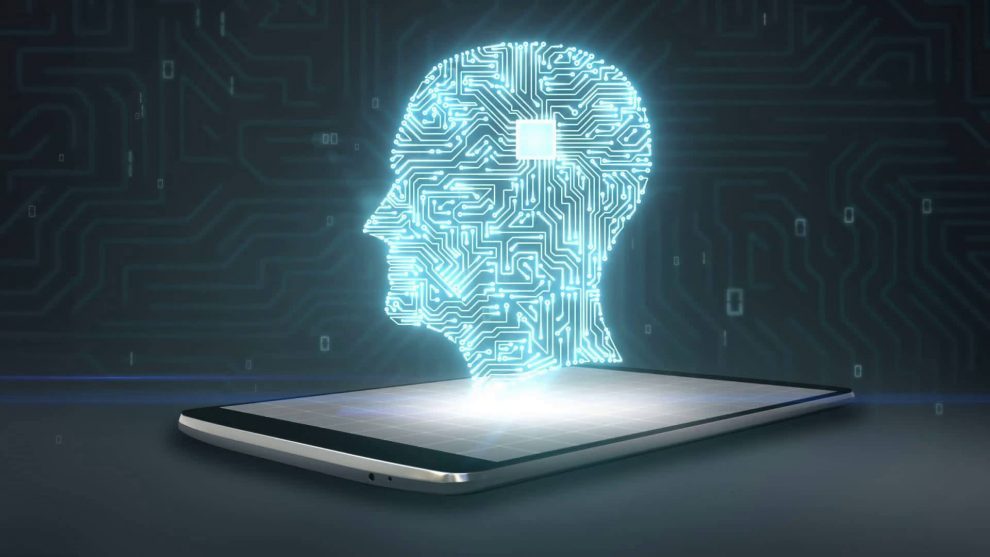In the age of mobile phone technology, the fusion of Artificial Intelligence (AI) and smartphones has ushered in a new era of smart photography and automation. The integration of AI capabilities has transformed the way we capture, edit, and interact with images and has paved the way for innovative automated functions that promise to make our lives more convenient. This article explores the profound impact of AI on mobile phone technology, particularly focusing on the future of smart photography and automated functions.
The Rise of AI in Mobile Phones
AI in mobile phones is not a distant vision; it’s a reality that is reshaping the smartphone landscape. The inclusion of AI-powered hardware and software has enabled mobile devices to think, analyze, and adapt in ways never before imagined.
AI Hardware Accelerators
Mobile phone manufacturers have been embedding dedicated AI hardware accelerators, also known as AI chips, in their devices. These chips are designed to efficiently process AI-related tasks, such as image recognition, natural language processing, and machine learning, without overburdening the phone’s main processor.
AI Software Integration
Mobile operating systems and applications now integrate AI algorithms to enhance user experiences. AI-driven features have become integral, from voice assistants like Siri and Google Assistant to AI-driven camera enhancements and automated functions.
AI-Powered Smart Photography
One of the most noticeable and exciting areas where AI is making a significant impact is in smart photography. AI is being used to improve image quality, offer creative assistance, and automate photography processes.
Enhanced Image Quality
AI-driven camera software can recognize scenes and subjects, automatically adjusting camera settings to capture the best possible image. This includes adjusting exposure, color balance, and focus to ensure that photos are well-composed and visually appealing.
Creative Assistance
AI can assist amateur photographers in capturing professional-quality shots. Features like “portrait mode” use AI to create a bokeh effect by blurring the background, simulating the depth of field found in high-end DSLR cameras.
Automated Scene Recognition
Mobile cameras can now recognize various scenes, objects, and even text within the frame. This recognition allows the camera to apply suitable filters or settings, such as a “food mode” for enhancing food photography.
The Future of Smart Photography with AI
The future of smart photography with AI holds incredible promise, driven by ongoing advancements in AI technologies.
Super-Resolution Photography
AI can enhance the resolution and detail of images, effectively “upscaling” photos taken with mobile phones. This feature could make zoomed-in shots much clearer and even reduce the need for high-megapixel camera sensors.
AI-Enhanced Night Photography
Low-light photography will see remarkable improvements with AI. Techniques like multi-frame noise reduction and night mode, currently seen in mobile phones, will become more effective in producing bright and sharp photos in challenging lighting conditions.
Personalized Photo Editing
AI will enable personalized photo editing by learning individual preferences and style. It can automatically apply filters, crop photos, and even suggest creative enhancements, making photo editing more accessible and enjoyable.
Automation Beyond Photography
AI’s influence on mobile phone technology extends beyond photography, with various applications in automating everyday tasks and enhancing user experiences.
Voice Assistants and Natural Language Processing
AI-powered voice assistants are evolving to be more context-aware and capable of handling complex tasks. They can set reminders, answer questions, control smart home devices, and even draft text messages or emails through natural language processing.
Personalized Recommendations
AI-driven algorithms analyze user behavior and preferences to offer personalized recommendations for apps, content, and services. This ensures that the mobile phone experience is tailored to each user’s needs and interests.
Smart Notifications and Predictive Features
Mobile phones can use AI to predict user behavior, helping to streamline daily routines. For example, they can offer predictive typing suggestions, suggest calendar events, or provide navigation routes based on previous patterns.
Challenges and Considerations
While AI brings numerous benefits to mobile phone technology, it also raises concerns that need careful consideration.
Privacy and Data Security
AI relies on large datasets, often raising questions about user privacy and data security. Mobile phone manufacturers must ensure that user data is handled with utmost care and transparency.
User Experience and Control
Balancing automation with user control is a challenge. Mobile phone users should have the option to customize AI features to suit their preferences, especially in creative tasks like photography.
Conclusion
AI has ushered in a new era of smart photography and automation in mobile phone technology. From enhancing image quality and creative assistance to automating everyday tasks and providing personalized recommendations, the influence of AI is transformative. The future holds even more exciting possibilities, such as super-resolution photography, improved night photography, and personalized photo editing. As AI continues to advance, mobile phones will become smarter, more intuitive, and seamlessly integrated into our daily lives. The convergence of AI and mobile phone technology represents a remarkable journey towards more efficient, creative, and personalized user experiences.














Add Comment